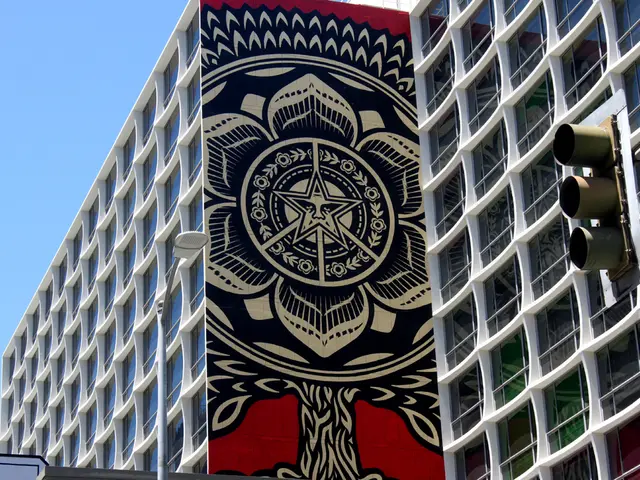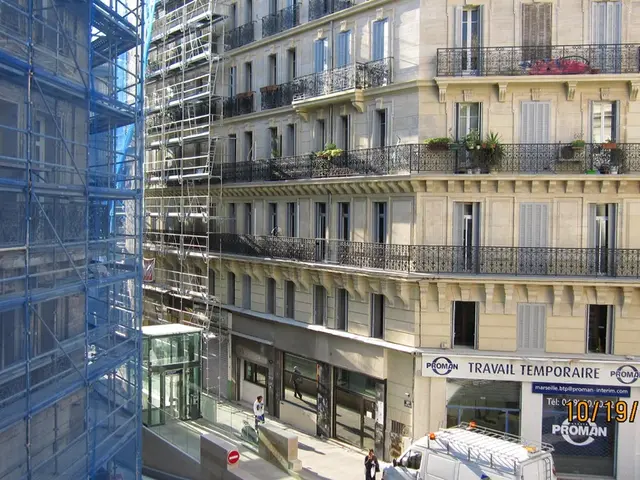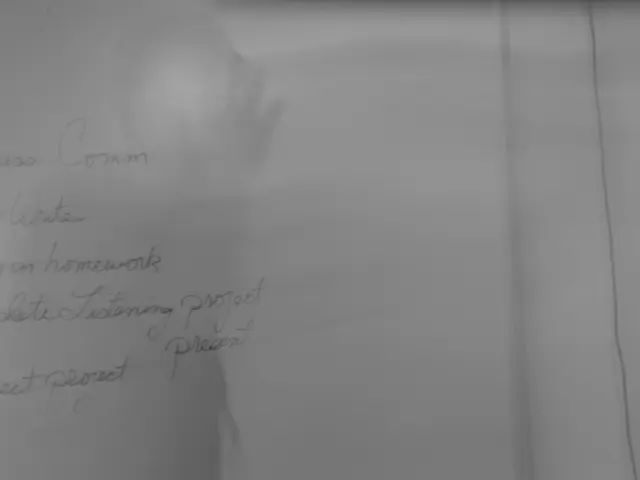Soaring Real Estate Costs Favor Family Homes' Revival
Croatia's Real Estate Market in 2025: A Cautious Market Environment
The Croatian real estate market in 2025 is experiencing a shift, with a decline in transaction volumes and a cooling in foreign demand.
Key points on sale volumes and price trends:
- The total number of property sales in Croatia fell by approximately 15% year-on-year in the first half of 2025, with 57,095 sales compared to the previous year. This significant drop in transaction activity reflects a sluggish market.
- Foreign buyer interest, which drove previous property booms, has decreased for the second consecutive year. Sales to foreigners are down nearly 13% since the record highs of 2022, a critical factor slowing market momentum.
- Prices have been subject to pressure due to these demand dynamics, though no drastic price drops are noted. Instead, price growth is moderating amid these market shifts and broader economic adjustments.
- Several systemic changes took effect in January 2025, including new tax regulations impacting acquisition tax, rental income tax, and property tax, aiming to simplify the system and adjust state revenues. These fiscal policies, along with Croatia’s adoption of the euro in 2023, are influencing the real estate landscape and investor behaviour.
- The direct real estate sector is still growing moderately, with a compound annual growth rate of about 1.2% between 2020 and 2025, indicating steady but slow market expansion overall despite recent transactional declines.
In 2018, the real estate market was returning to pre-crisis levels, as shown by asking prices, trading volume, and number of transactions. That year, there were 104,000 real estate sales in Croatia, with a total value of 32 billion kuna, which is 8.4% of Croatia's GDP.
The median price of flats sold in Zagreb in 2018 increased by 4.9% to 9,459 kuna per square metre. In Split-Dalmatia County, the median price of flats saw an 8% increase, reaching 11,669 kuna per square metre. However, the highest median price for family houses in 2018 was recorded in Dubrovnik, at 12,000 kuna per square metre.
In 190 towns and municipalities in continental Croatia, the price of a square metre of a house was below 1,000 kuna in 2018. In 29 coastal and island towns and municipalities, the price of a square metre of a house ranged from 5,000 to 10,000 kuna.
The sale of farmland dominated the real estate market in 2018, with nearly 40,000 transactions, but the value of the land sold decreased to 1.6 billion kuna. In contrast, 13 billion kuna was generated from flat sales in 2018, followed by 6 billion kuna from construction land sales and 5.7 billion kuna from family house sales.
An analysis of sales contracts does not reflect a dramatic increase in property prices, as might be concluded from asking prices. The second edition of the real estate market review for 2018 was published by the Zagreb Institute of Economics and the Construction Ministry. The median price of flats in Istria County increased by 6.7% to 8,722 kuna per square metre in 2018, but the median price of family houses was not specified for Split-Dalmatia County or Istria County in the given paragraph.
In summary, while Croatia’s real estate market remains moderately growing in size, the current state in 2025 is characterized by a sharp decline in property sales volumes, particularly among foreign buyers, and price growth appears to be slowing rather than reversing strongly. The market is adjusting to new tax laws, currency changes, and cooling international interest, which collectively shape a more cautious environment for buyers and investors.
- Investors in the Croatian real estate market, particularly those focusing on the housing market, may need to be cautious due to the observed moderation in price growth and the significant decrease in foreign investing in 2025.
- In light of the changing financial landscape, including the adoption of the euro and new tax regulations in Croatia, it's essential for individuals involved in financing or investing in the real estate sector to closely monitor market trends and adjust their strategies accordingly to navigate the cautious market environment.







